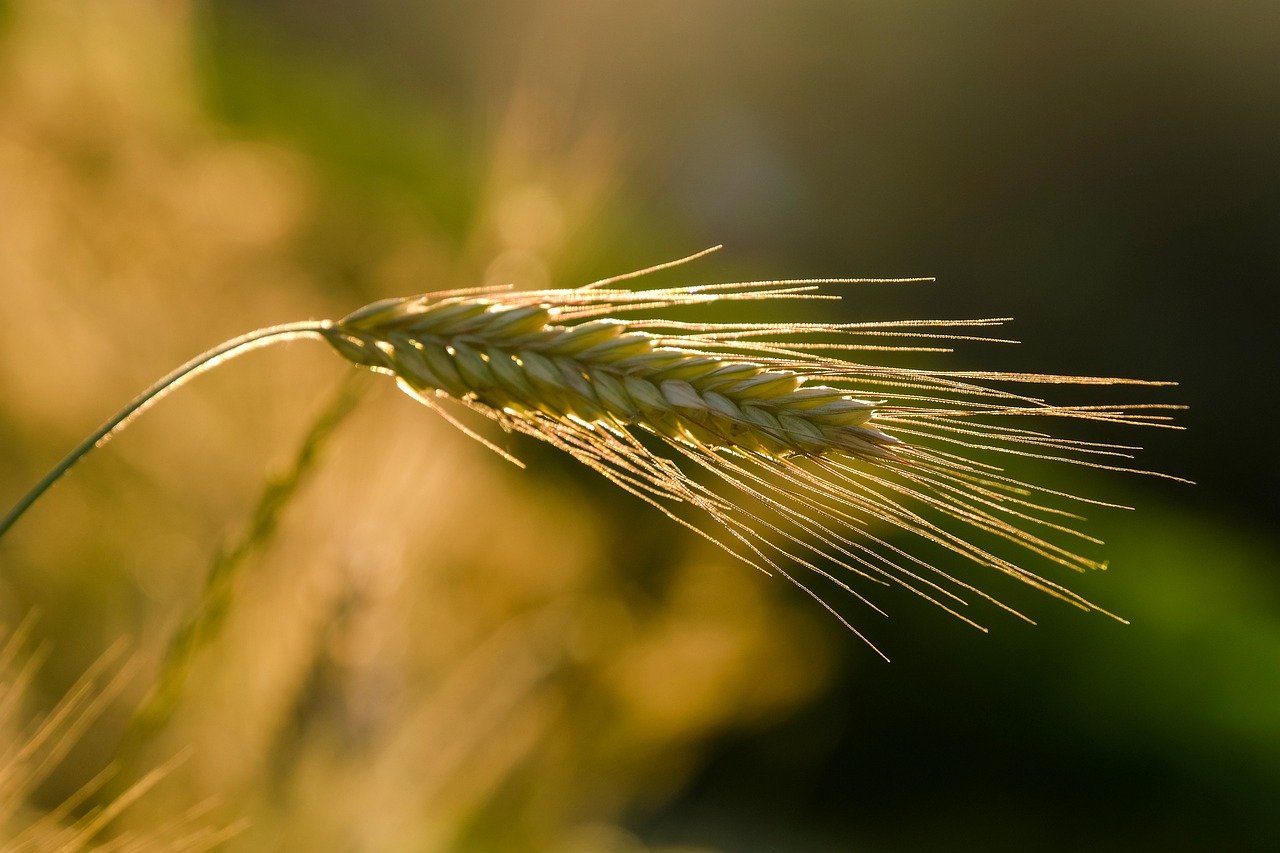Agriculture, as the systematic cultivation of plants and domestication of animals, has significantly influenced ecosystems engineered by human activity. While traditional views of agriculture focus on particular practices in designated regions—such as rice farming in Asia or cattle ranching in the Americas—a broader understanding acknowledges humans as environmental manipulators who intentionally alter landscapes. Actions like deforestation and soil tilling create changes, such as increasing light exposure at the ground level and lowering competition among species. These alterations often lead to a greater abundance of plants and animals that fulfill human needs for food, technology, medicine, and other resources.
The domestication of various species has been a vital part of agricultural history, enabling certain plants and animals to thrive under human care. This biological transformation occurs through selective breeding, leading to traits that enhance their usability. For instance, domesticated plants exhibit increased seed size, larger fruits, and tubers when compared to their wild ancestors. These cultivated varieties, referred to as cultigens, come from diverse families, with grasses (Poaceae), beans (Fabaceae), and nightshades (Solanaceae) contributing significantly to agricultural production due to their favorable characteristics.
Similarly, domesticated animals typically originate from social species that can be selectively bred to enhance desirable features such as gentleness and increased yield of meat, milk, or wool. They have served various roles, including transportation, pest management, and providing companionship, while also symbolizing wealth. Noteworthy domesticated species include dogs (Canis lupus familiaris), cats (Felis catus), cattle (Bos species), sheep (Ovis species), goats (Capra species), pigs (Sus species), horses (Equus caballus), and various poultry like chickens (Gallus gallus) and ducks.
Given that agriculture is deeply entwined with cultural practices, it has evolved differently across regions and eras. From small-scale family farms to expansive commercial enterprises, the variety of agricultural endeavors reflects diverse cultural influences leading to the propagation of domesticated species. This discourse explores methodologies for tracing the roots of agricultural practice and outlines the developmental pathway of agricultural systems within historical contexts particularly in Southwest Asia, the Americas, East Asia, Southeast Asia, the Indian subcontinent, and Europe. For detailed explorations of specific agricultural techniques, one might refer to horticulture for plant cultivation and livestock or poultry farming for animal husbandry.



